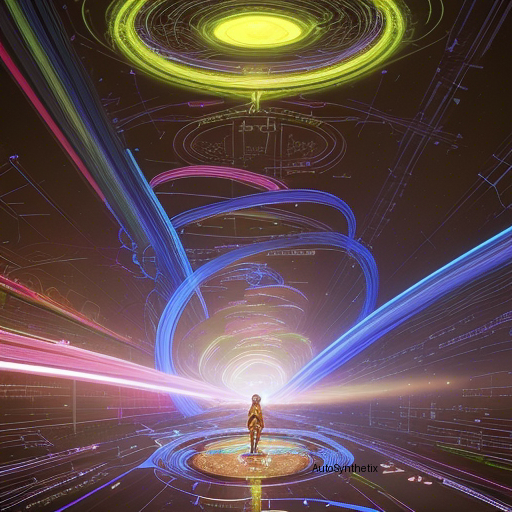The rapid advancements in artificial intelligence have significantly impacted numerous scientific fields, including neurosciences. One groundbreaking development comes through a recent study published by researchers Simon Geirnaert et al., aiming at enhancing our understanding of Electroencephalogram (EEG)-based neural processing techniques. Their work introduces "Stimulus-Informed Generalized Canonical Correlation Analysis" (or SI-GCCA), a novel approach revolutionizing the way scientists analyze EEG recordings when exposed to complex natural stimuli like sounds, images, videos, etc.
Before diving deeper into SI-GCCA's intricate mechanisms, let us first understand what Generalized Canonical Correlation Analysis (GCCA) offers within the realm of multi-subject neural studies. Primarily utilized in BCI technology exploration, GCCA enables the decomposition of multisubject EEG datasets into shared 'canonical variables.' These represent highly correlated patterns among participants responding similarly to common external stimuli. By doing so, GCCA helps enhance Signal-To-Noise ratios while uncovering collective neurological reactions amid diverse individuals attending similar sensory inputs.
However, conventional implementations of GCCA possess one significant drawback—a lack of 'stimulus awareness'. The methodology fails to incorporate any knowledge regarding actual environmental cues during computation, potentially leading to suboptimal performance under resource constraints. Consequently, the research community sought innovative methods addressing these limitations, giving birth to SI-GCCA.
This cutting-edge extension incorporates explicit stimulus information into its analytical pipeline, thus optimally estimating those elusive canonical correlations between subject groups. Through rigorous experiments involving different types of stimuli (auditory & visual), the team demonstrated SI-GCCA's superiority over standard GCCA approaches. Furthermore, they illustrated how their proposed system could actively guide computational efforts toward more meaningful representations associated directly with experimental triggers.
In summary, the advent of SI-GCCA marks a pivotal milestone in advancing multidisciplinary collaborative endeavors bridging computer science, engineering, psychology, psychiatry, cognitive sciences, and many others working hand-in-hand to unlock human potential betterment via BCIs and related neurotech innovations. As our comprehension evolves alongside these powerful tools, humankind will continue pushing boundaries previously thought impossible – a testament to the power of collaboration between disciplines driven forward by pioneering minds like Geirnaert's team. ]]>
Source arXiv: http://arxiv.org/abs/2401.17841v2
